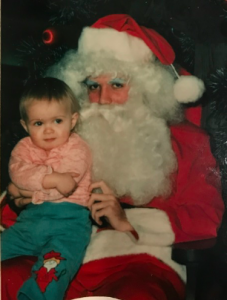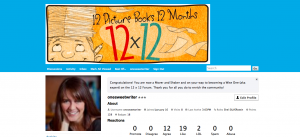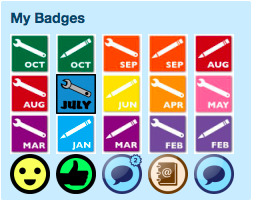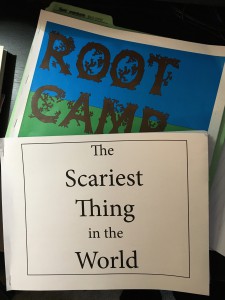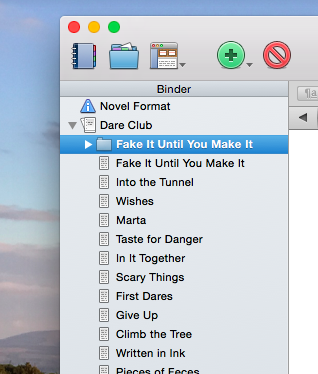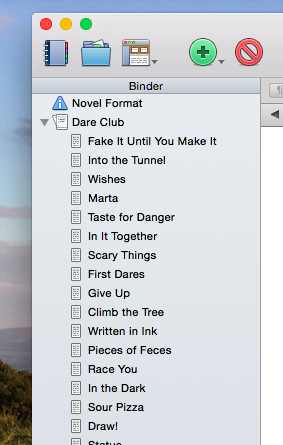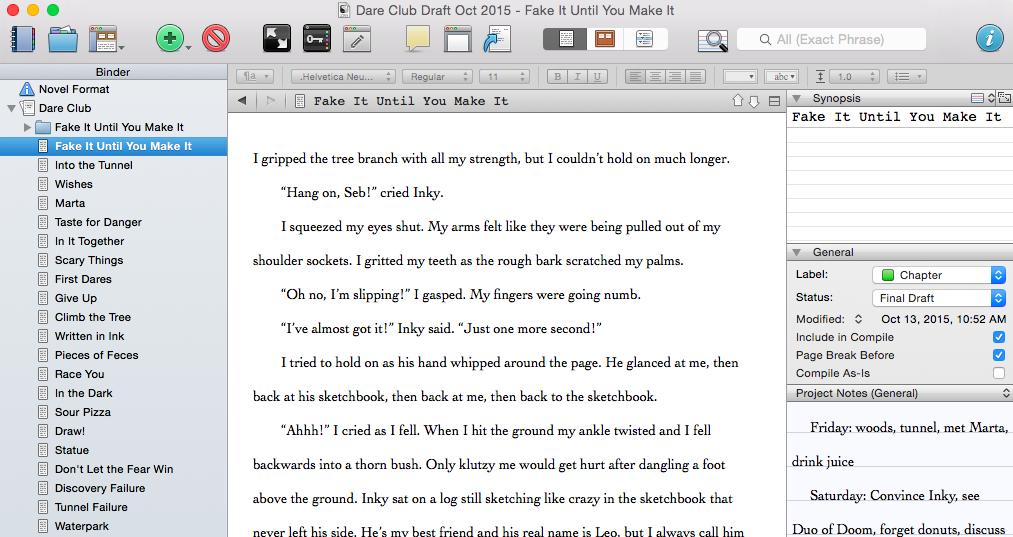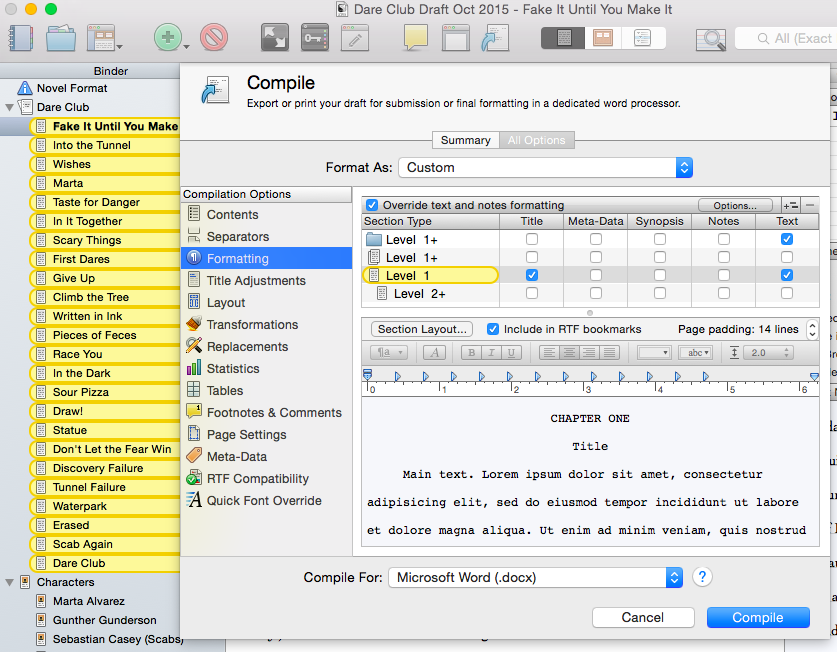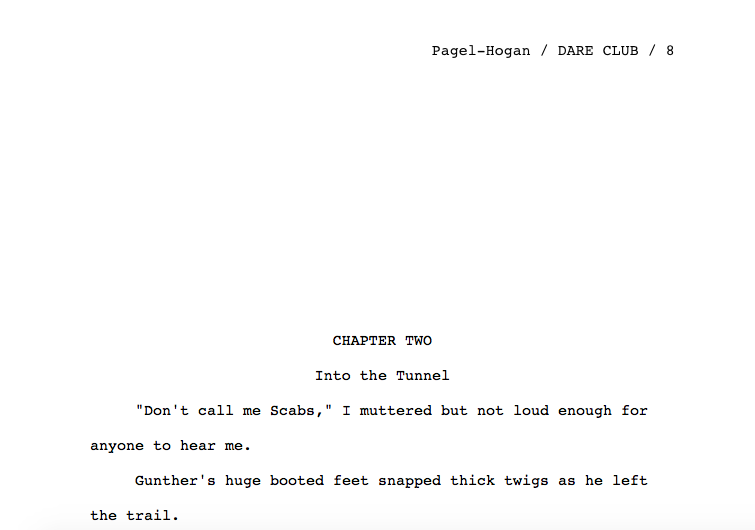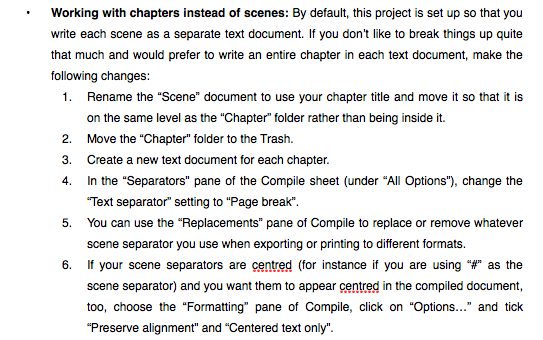Recently I posted about books that made me cry. Frankly, I don’t mind crying during a book, I feel like it’s a good thing when a writer can make me care so much that I cry. But I also love when a book makes me laugh. Not just say “heh” in my head but actually open my mouth and laugh, no matter where I am reading.
As I work on my own projects, I strive to make my readers laugh. In fact at a recent critique group, someone suggestions I insert brackets and put the words “pause for laughter” right in the text. It was a joke! And a good one.
I’m good at writing funny. I’m not being immodest, I’m just confident that I can do funny and I’ve had external sources confirm this. Doing sad is hard. I do have one story that has made my kids cry. That’s pretty impressive. Kids want to laugh, they don’t want to cry.
One day, maybe I’ll be able to create something that makes readers laugh and cry in the same book. What an achievement.
Here are some books that made me laugh – what you would you add to this list?
One reviewer on Goodreads found The Martian silly and criticized the playful tone. I heartily disagree. I laughed and loved this book.
In addition to being a totally cool trip down memory lane, Ready Player One made me smile frequently and laugh out loud, although nobody said LOL back in the 80s.
I am a sucker for all things Tina Fey. Her book Bossypants had me laughing out loud, but I don’t think my husband found it as enjoyable as I did. He loved it, but not crazy love like I did.
Anastasia Krupnick was a recommedation from a friend. It was written by same lady who wrote The Giver, but a lot more lighthearted. Pretty much any book is more light-hearted than The Giver. I read one reviewer who said as a child, she took this book so seriously. I’m glad I read it as an adult because I definitely chuckled while reading.
Here’s why I reveal my nerditity, like loving The Martian and Ready Player One didn’t already do that. Two Miserable Presidents is about Civil War history and includes lots of facts and dates and it made me laugh! Yes! Caution: it may only appeal to other history nerds.
Just William is an older book that most American kids wouldn’t read. Even though I enjoyed it, the print copy I purchased wasn’t that readable for my kids. However, they were delighted by the videos I checked out from the library that brought the stories to life.

